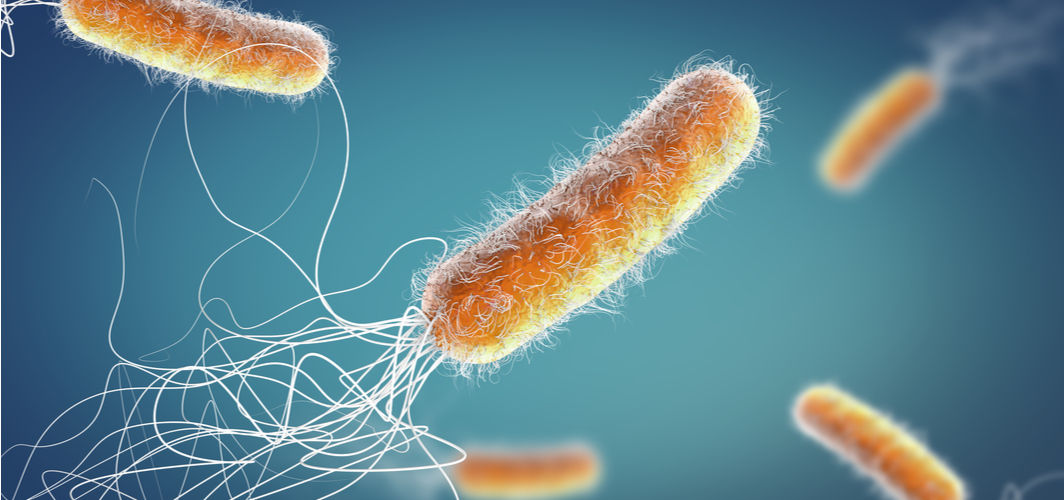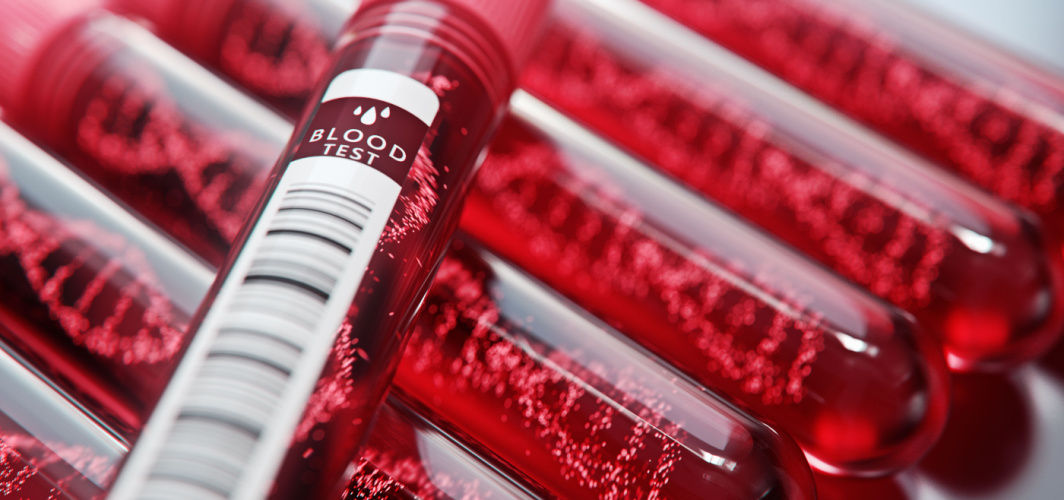General Health
How to Prevent Antibiotic Resistance in the Body
5 min read
By Apollo 24/7, Published on - 18 November 2021, Updated on - 30 October 2022
Share this article
0
63 likes

Did you know?
- Every year, around seven lakh people die due to antibiotic-resistant infections across the globe. The numbers are estimated to reach 10 million by 2050.
- Due to the reduced effectiveness of antibiotics, it has become difficult to treat common infections such as pneumonia, tuberculosis, gonorrhoea, and salmonellosis.
- According to the World Health Organization (WHO), India is amongst the top 30 countries with the most cases of Multi Drug-Resistant tuberculosis (MDR-TB) and extensively drug-resistant tuberculosis (XDR-TB).
Antimicrobial resistance is a natural process that has been expedited due to the improper and excessive use of antibiotics, antifungals, antivirals, and antiprotozoal medicines.
What is antimicrobial resistance?
Antimicrobials are considered life-saving medicines as they fight the infection by either stopping the growth or killing the disease-causing organisms such as bacteria, viruses, fungi, and parasites. Antibiotics are a subset of antimicrobials that act specifically on bacteria and does not have any action on any other organisms. Due to improper and excessive usage of antibiotics and poor infection prevention practices, there has been an emergence of antibiotic-resistant bacteria.
The most commonly detected antibiotic-resistant bacteria is methicillin-resistant Staphylococcus aureus (MRSA), which can cause osteomyelitis (bone infection), pneumonia, carditis (infection of the heart), brain infections (meningitis and encephalitis), cellulitis (skin infection), and urinary tract infections (UTIs).
Antibiotic-resistant bacteria result in infections that are extremely difficult to treat, thus they are also referred to as ‘superbugs’. Producing antibiotics that can tackle these superbugs is challenging as these new resistant strains keep mutating, creating a stronger version. Therefore, it is important to understand the ways to prevent and control antibiotic resistance.
World Antimicrobial Awareness Week 2021
Every year, 18th to 24th November is observed as World Antimicrobial Awareness Week (WAAW). This year, the theme of WAAW is “Spread Awareness, Stop Resistance”, which aims at increasing awareness about antimicrobial resistance and encouraging the best practices among policymakers, health care providers, and the general public to prevent further spread of drug-resistant infections.
Reason for the development of antibiotic resistance
Due to the continuous use of antibiotics, some bacteria mutate in a way that helps them counter the bacteriostatic and bactericidal action of the medications. While most organisms mutate naturally over time, some practices accelerate this process. These practices include:
- Excessive and inappropriate use of antibiotics: Antibiotics are being used erroneously, without proper prescription for every common bacterial and viral infection. This unnecessary consumption of antibiotics kills the good bacteria of the body, which otherwise prevent the growth of harmful resistant bacteria.
- Not completing the antibiotic course: It is a common behaviour to quit the consumption of antibiotics midway upon the alleviation of symptoms. However, this behaviour results in incomplete bactericidal action (the act of killing the bacteria) and allows the stronger bacteria to grow and proliferate persistently.
- Lack of proper infection control in healthcare facilities: Improper sanitation measures in healthcare setups can lead to constant transmission of bacteria from one individual to another, resulting in the development of multidrug-resistant superbugs.
- Overuse of antibiotics in animal husbandry: Antibiotics are often used to prevent and treat infections in animals, which can give rise to resistant strains of bacteria.
Preventing antimicrobial resistance
Scientists have been working tirelessly to develop new medicines and strategies to utilise pre-existing medications to treat the infections caused by antimicrobial-resistant organisms. However, sometimes even the most potent antibiotics fail to treat the drug-resistant infection. Therefore, every sector in society must play its part to prevent the development of resistance in the first place.
The role of each individual
- Avoiding the use of antibiotics without a prescription from a consultant.
- Following the instructions present on the medicine leaflet or as advised by the healthcare professionals on when, how, and for how long to consume antibiotics.
- Refraining from sharing or using leftover antibiotics.
- Getting vaccinated against bacterial and viral diseases such as tuberculosis, whooping cough (pertussis), tetanus, influenza and others.
- Maintaining proper hygiene, eating well-cooked food, and practising safe sex.
The role of stakeholders
- Initiating antimicrobial resistance surveillance programmes.
- Creating a standardised protocol for the use of antibiotics.
- Promoting awareness about antimicrobial resistance and educating about safe use and disposal of antimicrobial drugs.
- Investing in the development of new antimicrobials and diagnostic tools to determine resistance in the body.
The role of healthcare workers
- Prescribing antibiotics judiciously.
- Practising proper hand hygiene and sanitising hands frequently to prevent the spread of superbugs in hospital settings.
- Educating patients about the correct use of antimicrobials along with good hygiene and sanitation practices.
The role of the animal industry
- Following proper sanitation practices and keeping the animal-keeping premises clean.
- Avoiding irrational use of antibiotics to treat infections in animals.
- Vaccinating animals against common bacterial and viral infections to reduce the need for antibiotics.
Strategies to mitigate antibiotic resistance
To prevent treatment failure and the development of further resistance, it is necessary to perform culture and drug-sensitivity tests before prescribing any antibiotic. Meanwhile, scientists have curated some ways to deal with antibiotic resistance, which include:
- Antibiotic hybrids: Scientists are mixing two types of antibiotics (with different mechanisms of action) to create a new compound that could target the bacteria from different pathways. This would increase the effectiveness of the drug while targeting the resistant strains of bacteria.
- Antibiotic combination therapy: A combination of medicines to kill the drug-sensitive bacteria is prescribed. For instance, a four-drug regimen consisting of rifampicin, isoniazid, pyrazinamide, and ethambutol is given to treat drug-sensitive mycobacterium tuberculosis.
- Inhibitor drug combination therapy: This therapy involves the use of medications that fight the resistance and reinstate the efficacy of the original drug. For instance, amoxicillin (beta-lactam penicillin) is now prescribed along with clavulanate (beta-lactamase inhibitor) in the form of augmentin.
Takeaway
The overuse of antibiotics has made them less effective and led to the emergence of "superbugs". This antibiotic resistance has become one of the biggest threats to the health sector globally as these superbugs are difficult to treat with pre-existing antibiotics. Scientists are constantly working on newer medicines and therapies such as synthetic antibiotics and gene therapy to fight these drug-sensitive bacterial infections. Meanwhile, people should understand that it is important to use antibiotics/antimicrobials judiciously and efficiently to prevent the development of these drug-resistant organisms.
General Health
Leave Comment
Recommended for you

General Health
Can Hydromassage Heal Your Sore Muscles?
Hydromassage, also known as water therapy, is a therapeutic process that uses pressurized water to soothe muscles and other soft tissues in the body. Read this blog to know everything about hydromassage, hydromassage benefits and side effects.

General Health
Why Is It Important To Fast Before Specific Blood Tests?
Discover the reasons behind fasting before blood tests, the tests that require it, and how to prepare for them

General Health
5 Diseases That Show No Signs And Symptoms But Can Kill You
While most diseases have symptoms, a few of them don't. This can be fatal because they remain largely undiagnosed. Being proactive about your health can help you prevent these silent killers.
Subscribe
Sign up for our free Health Library Daily Newsletter
Get doctor-approved health tips, news, and more.
Visual Stories

Could There Be More to Your Snore?
Tap to continue exploring
Recommended for you

General Health
Can Hydromassage Heal Your Sore Muscles?
Hydromassage, also known as water therapy, is a therapeutic process that uses pressurized water to soothe muscles and other soft tissues in the body. Read this blog to know everything about hydromassage, hydromassage benefits and side effects.

General Health
Why Is It Important To Fast Before Specific Blood Tests?
Discover the reasons behind fasting before blood tests, the tests that require it, and how to prepare for them

General Health
5 Diseases That Show No Signs And Symptoms But Can Kill You
While most diseases have symptoms, a few of them don't. This can be fatal because they remain largely undiagnosed. Being proactive about your health can help you prevent these silent killers.